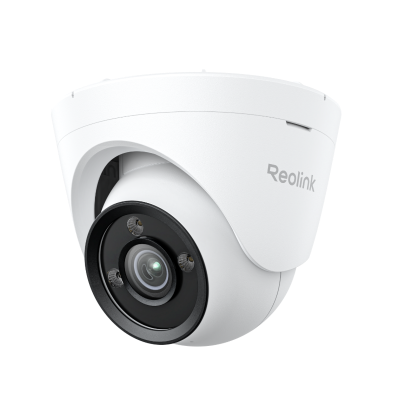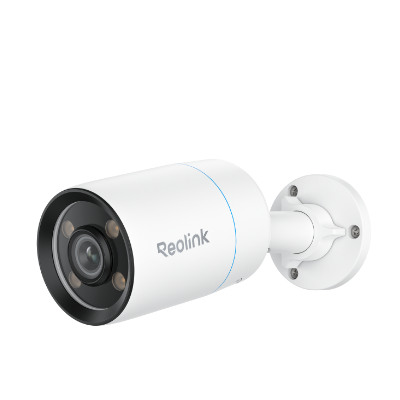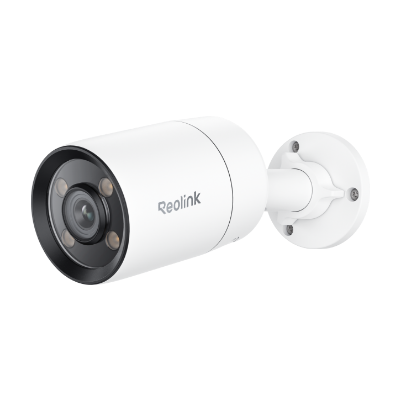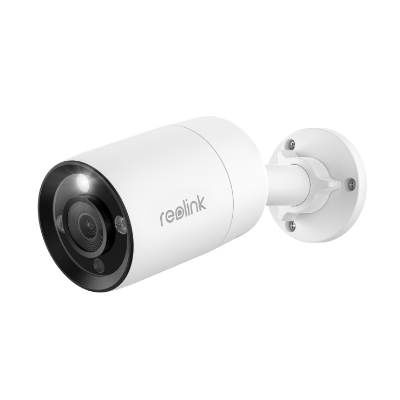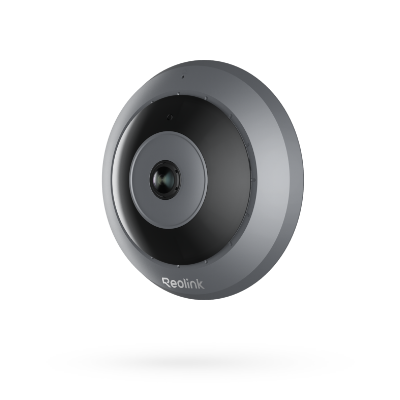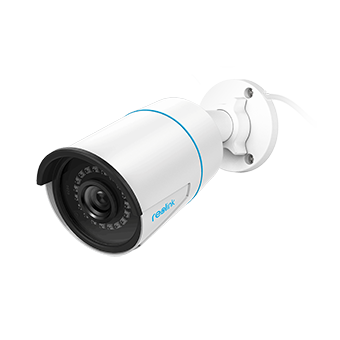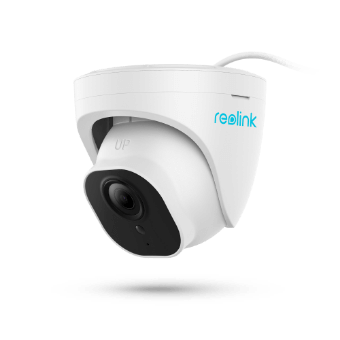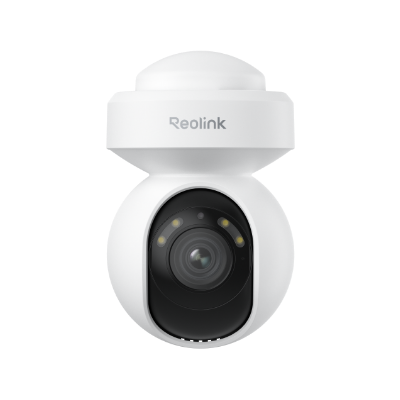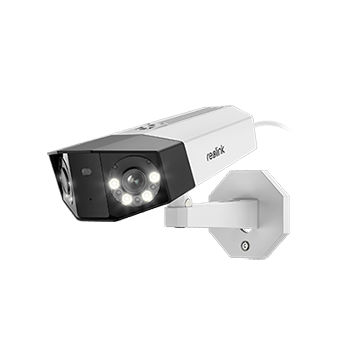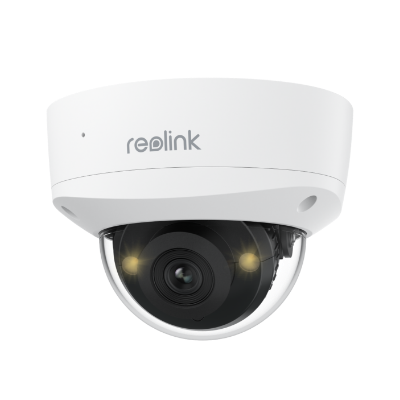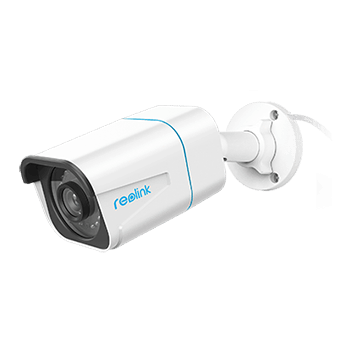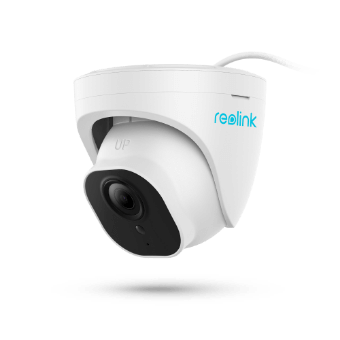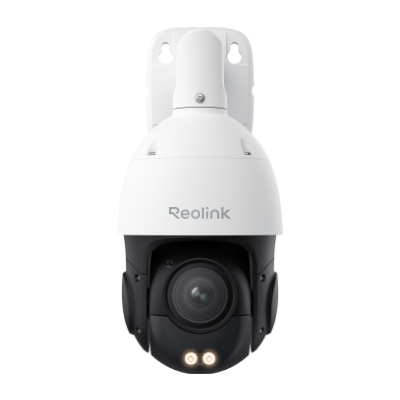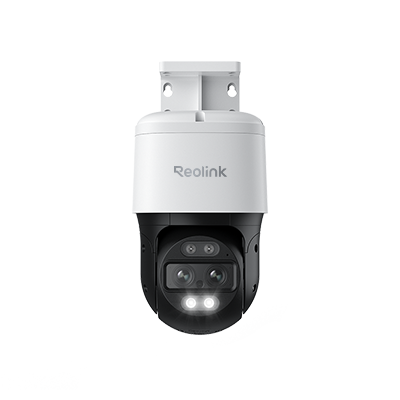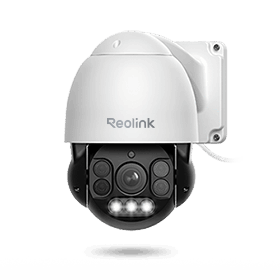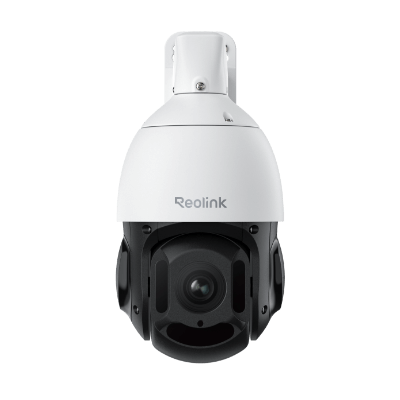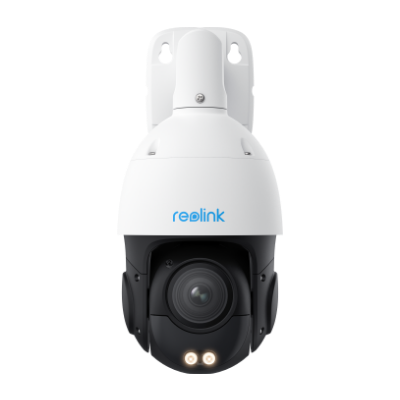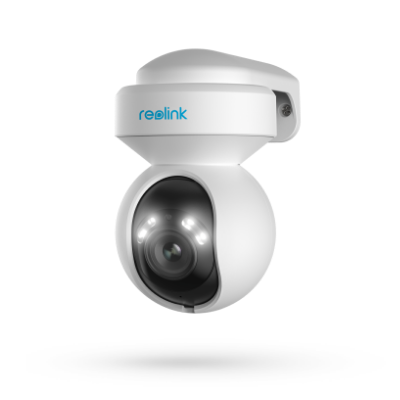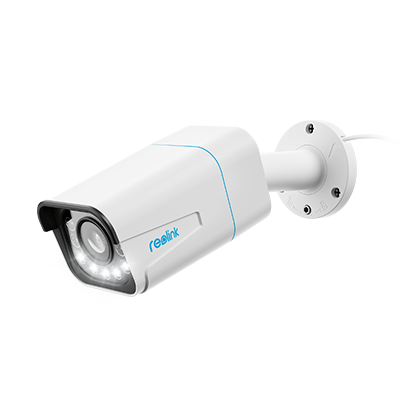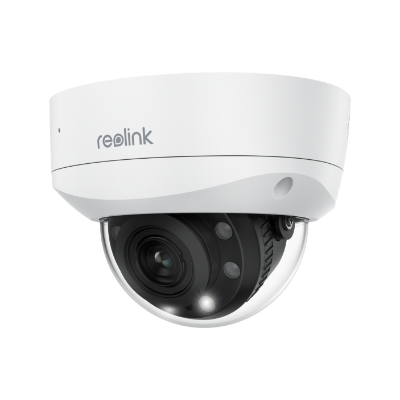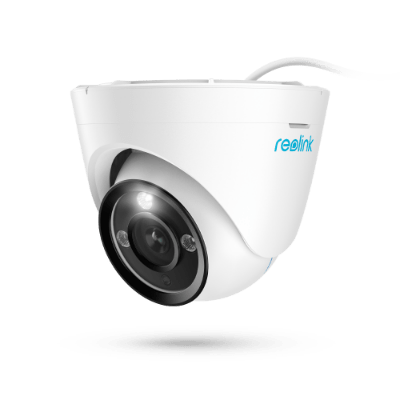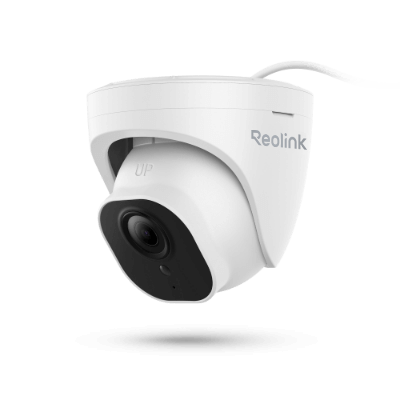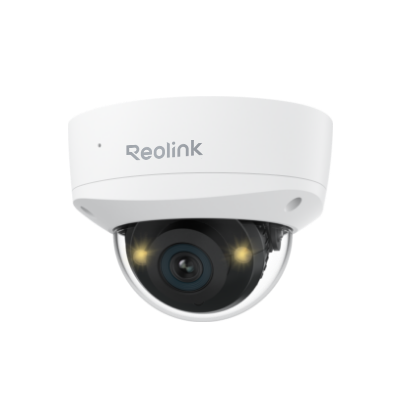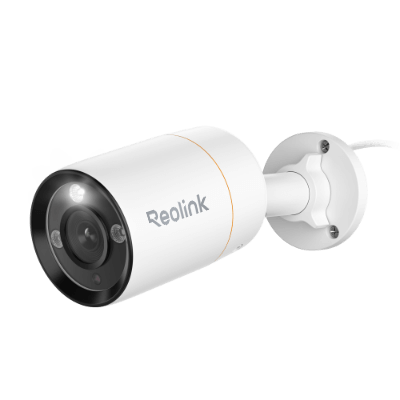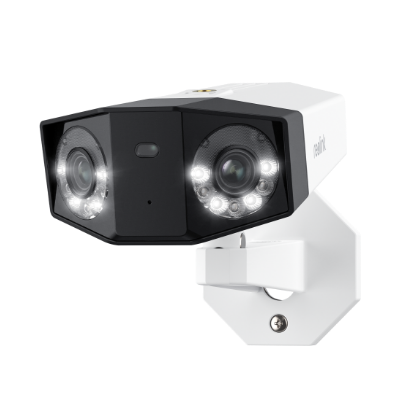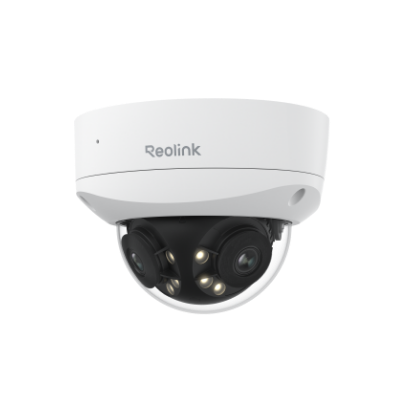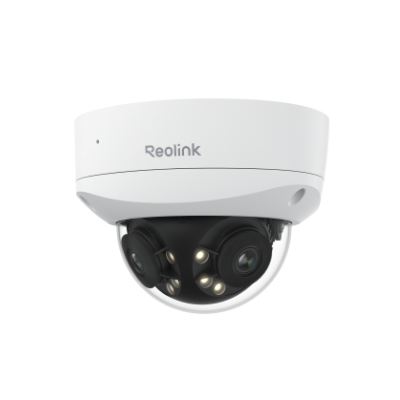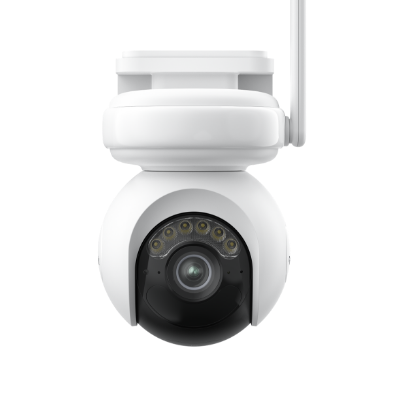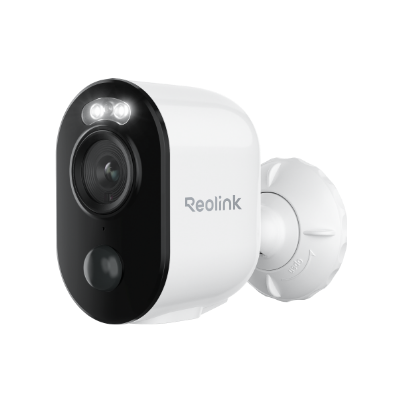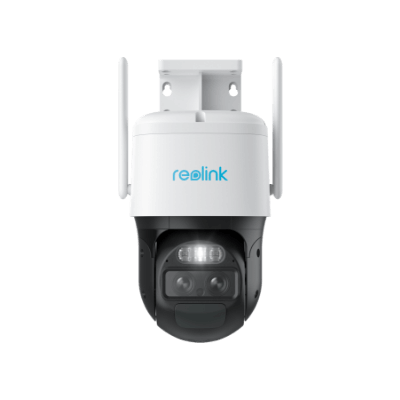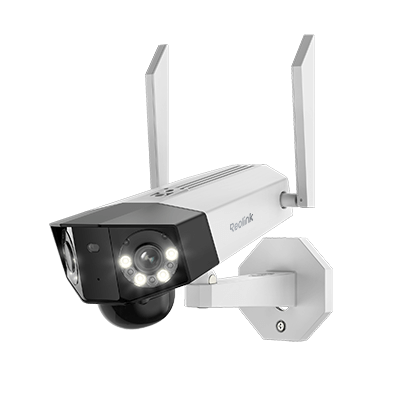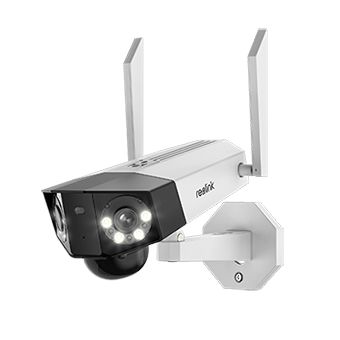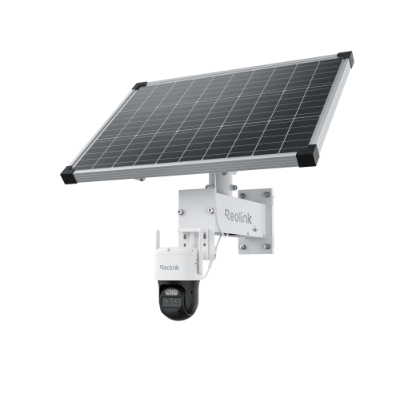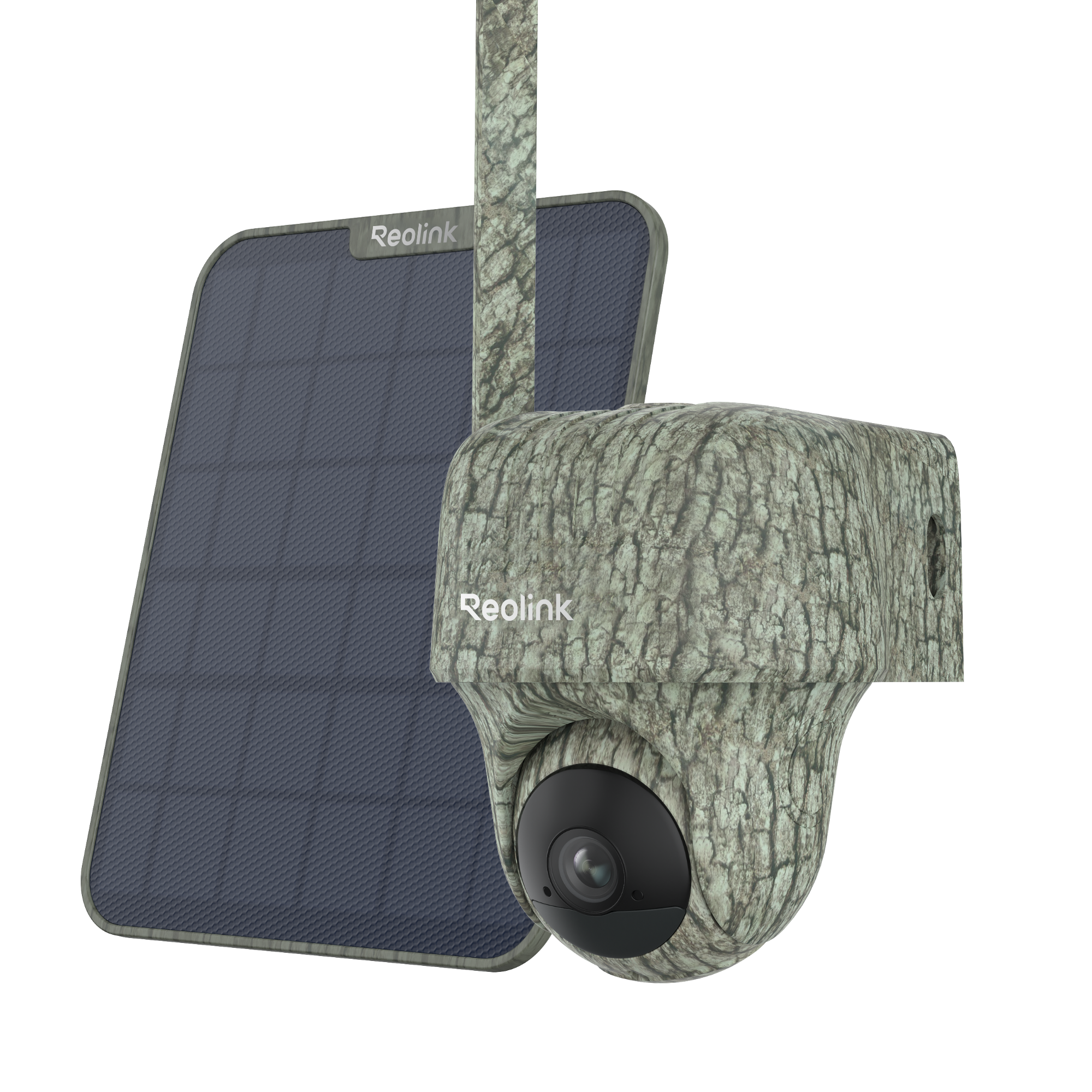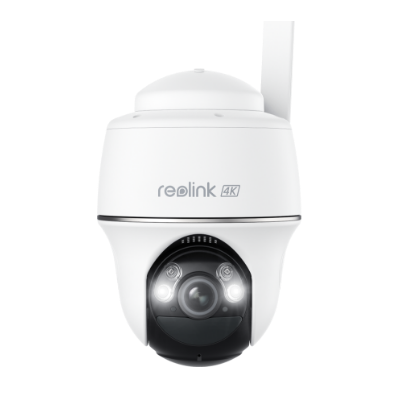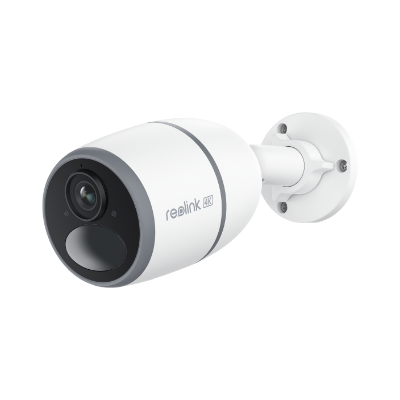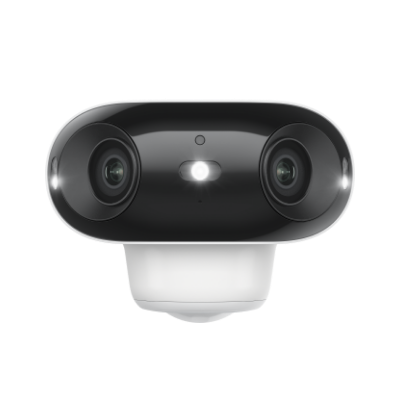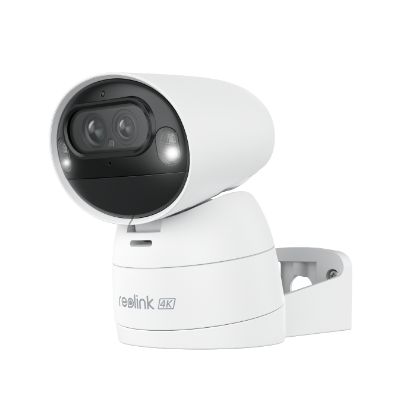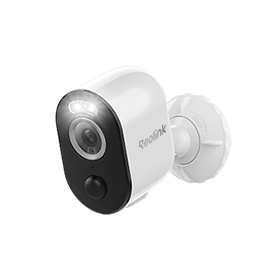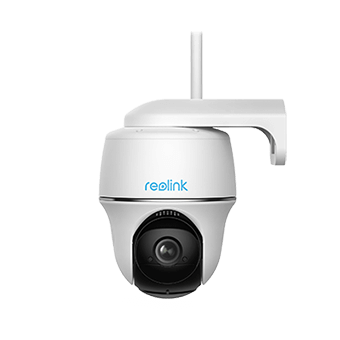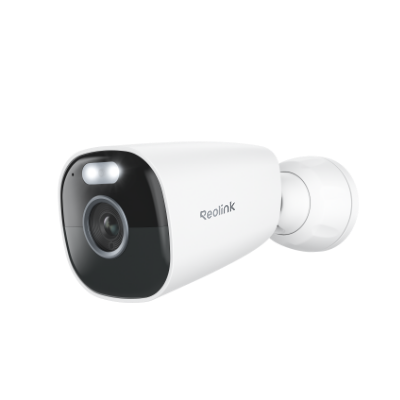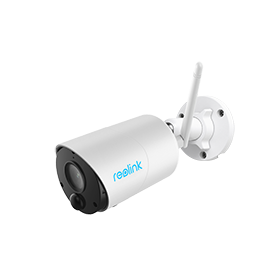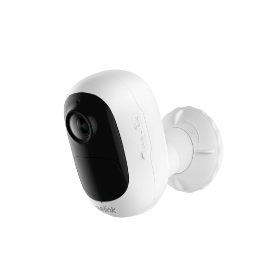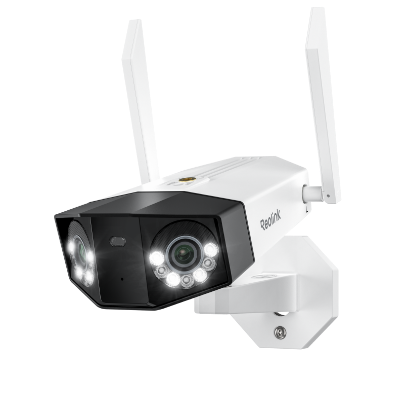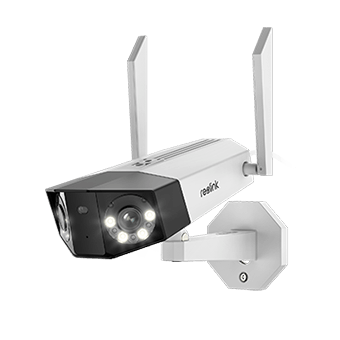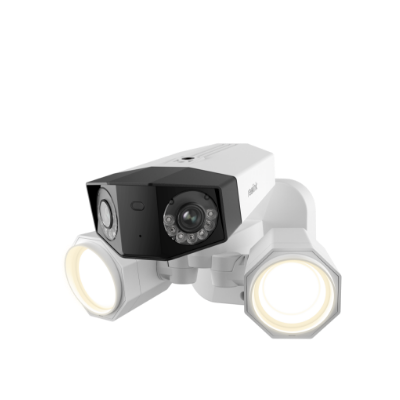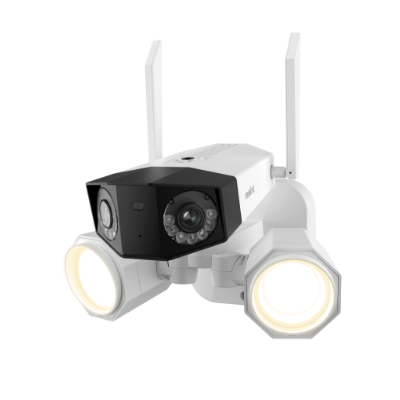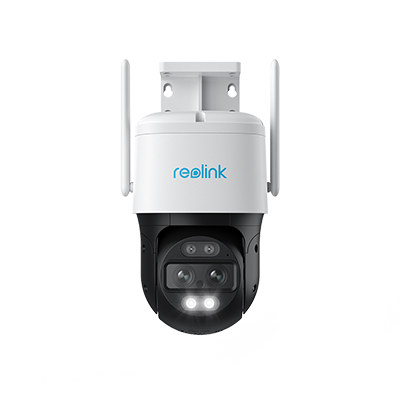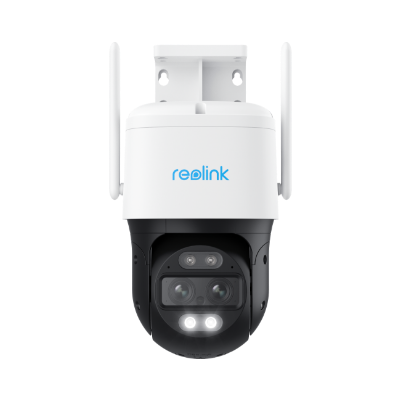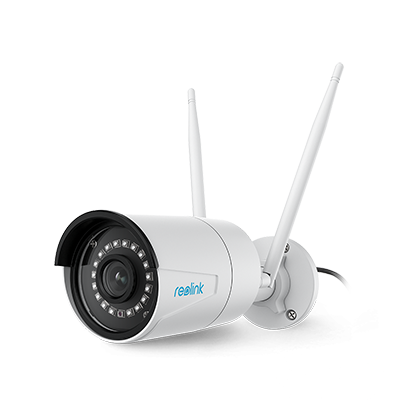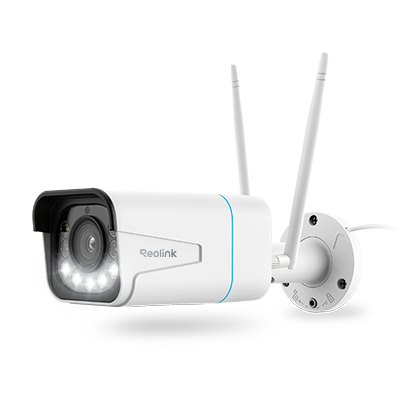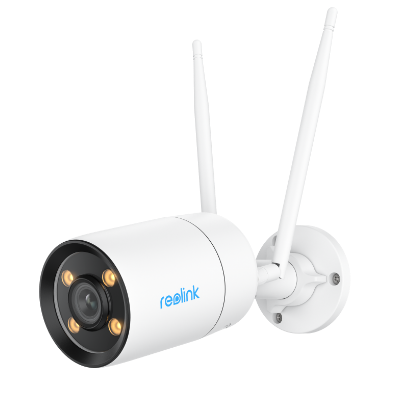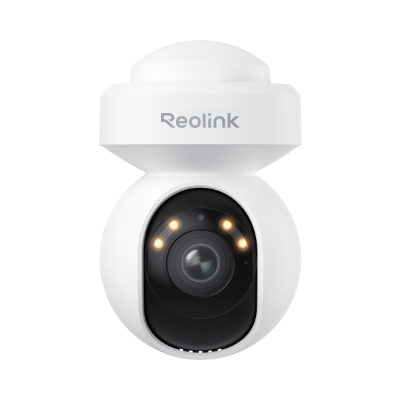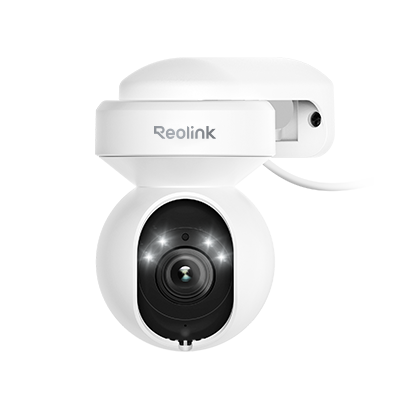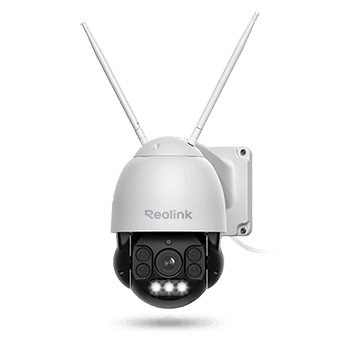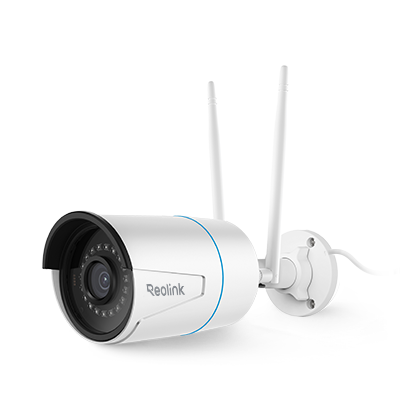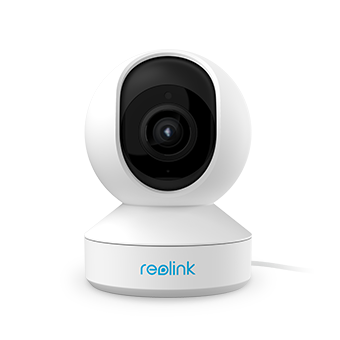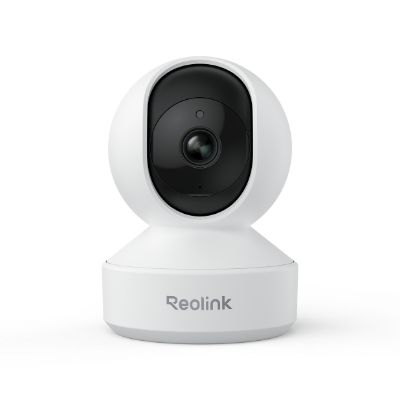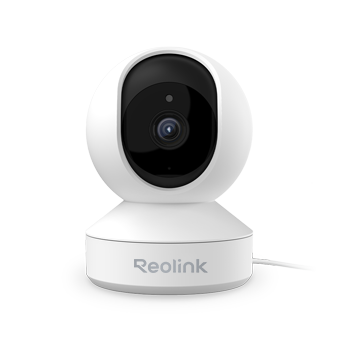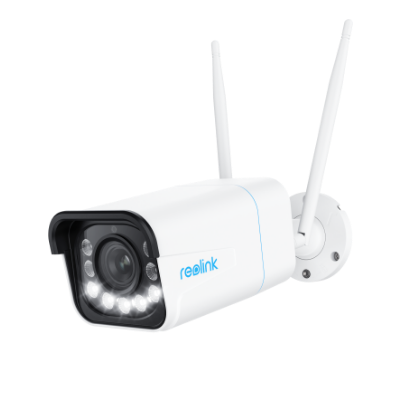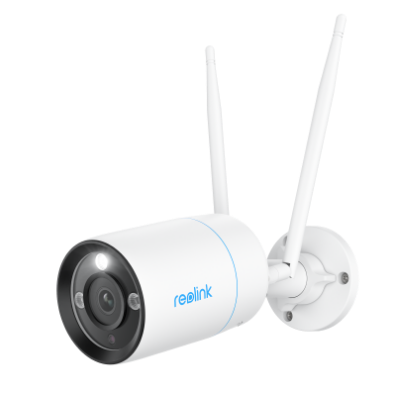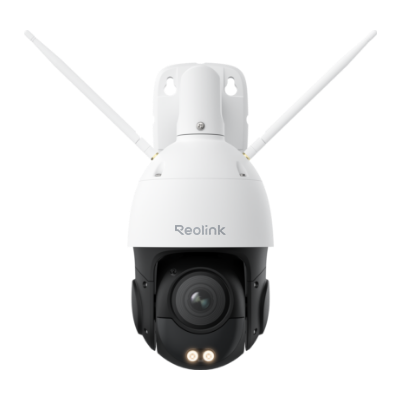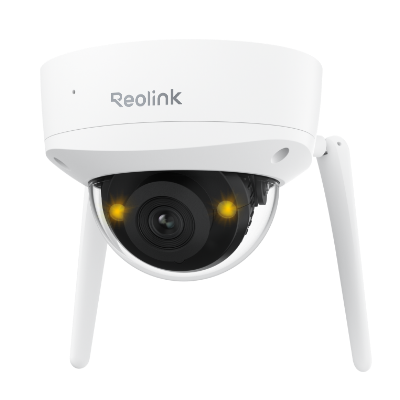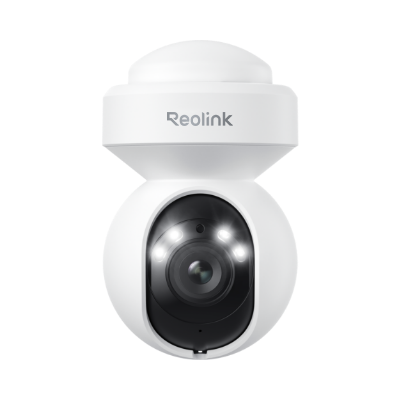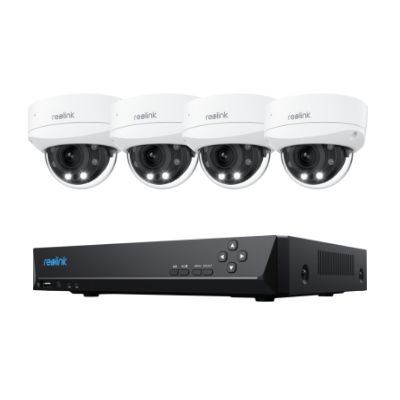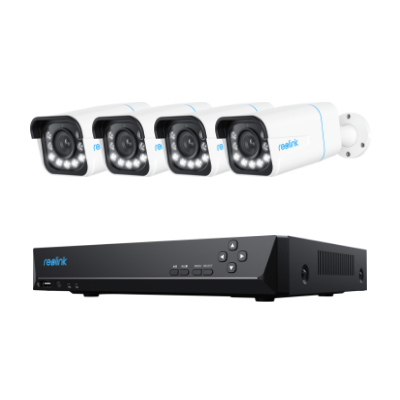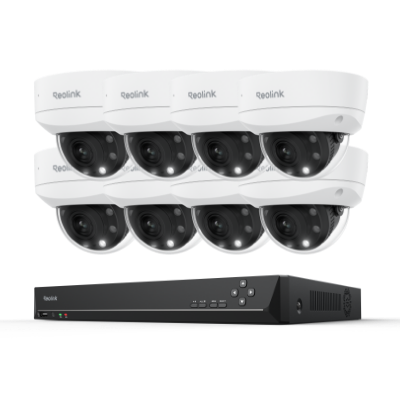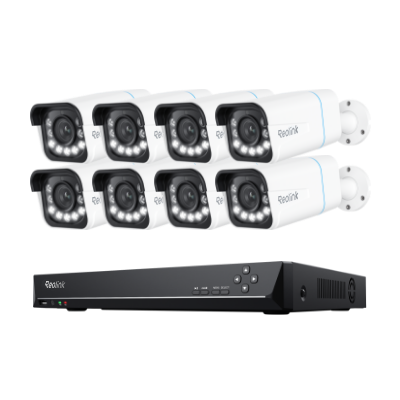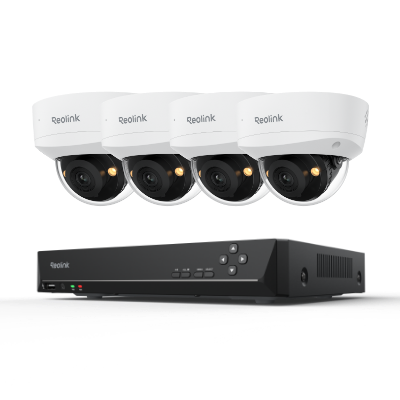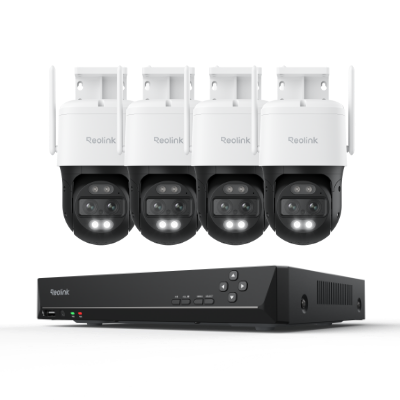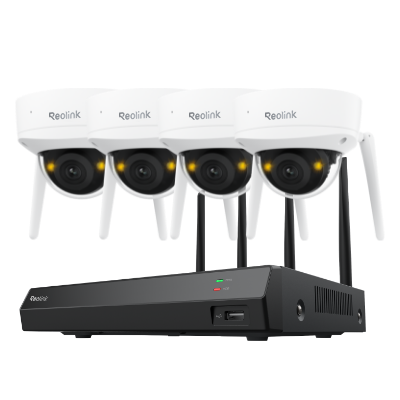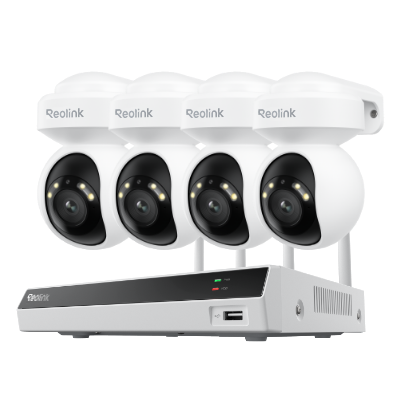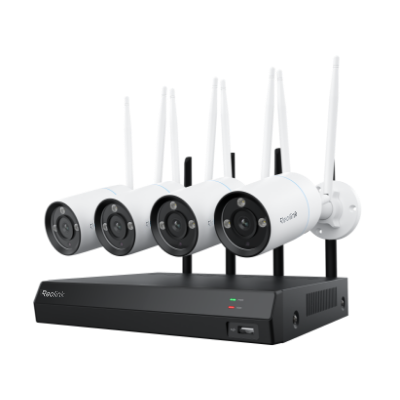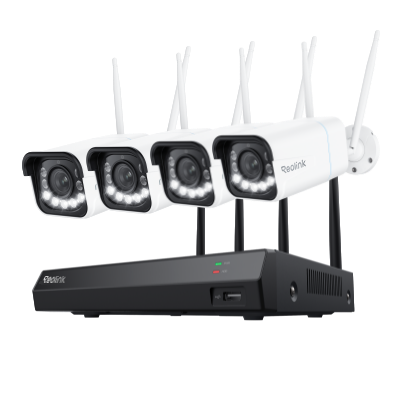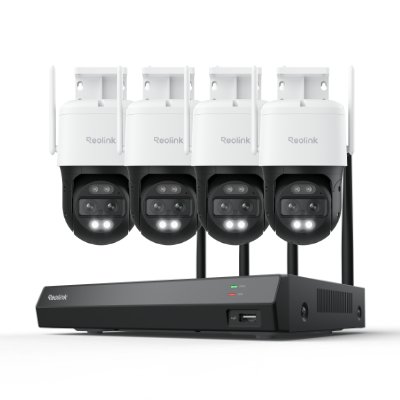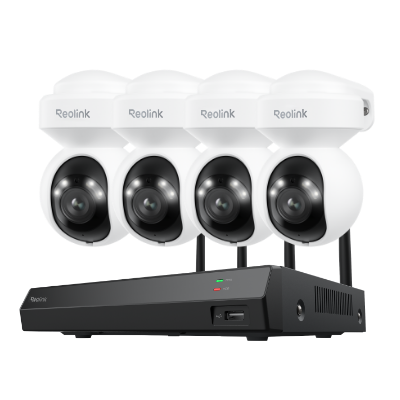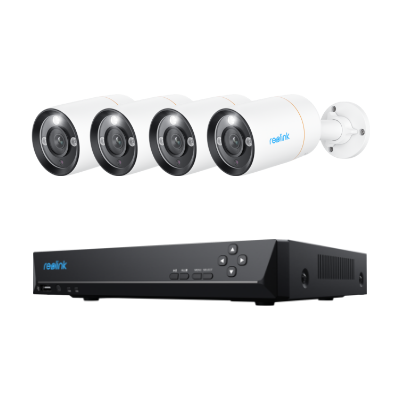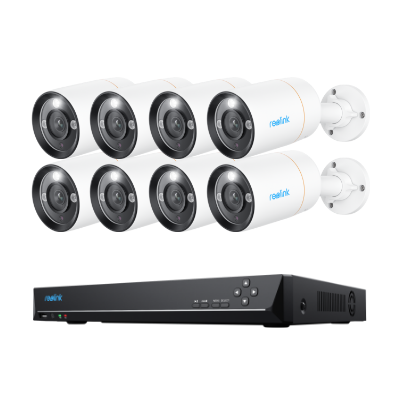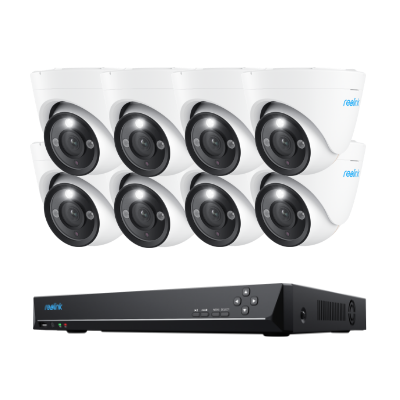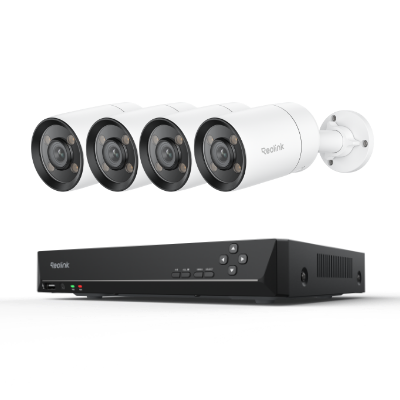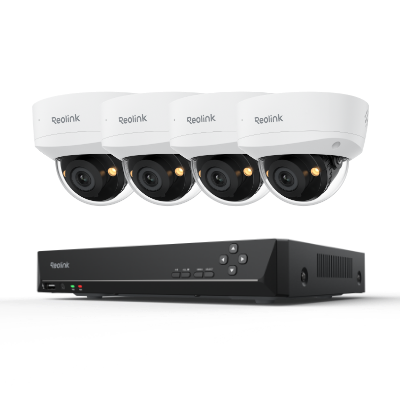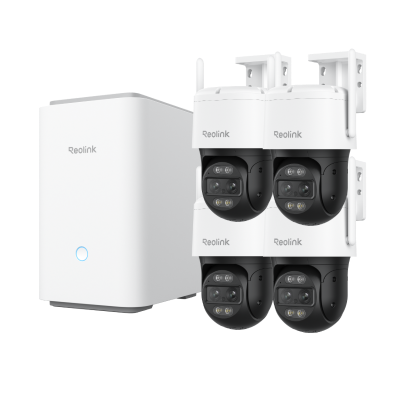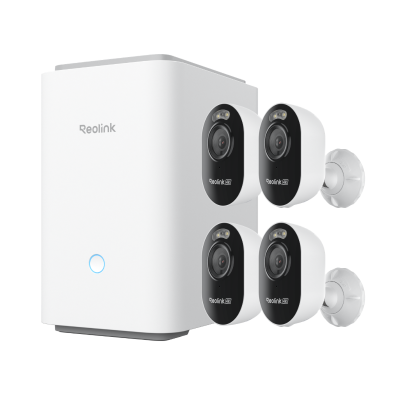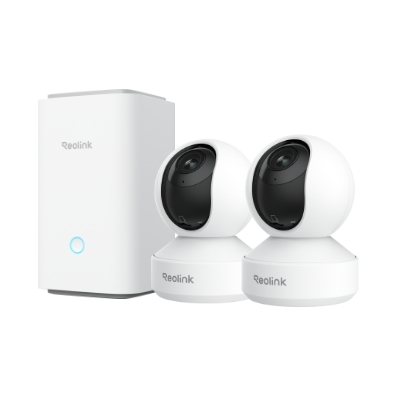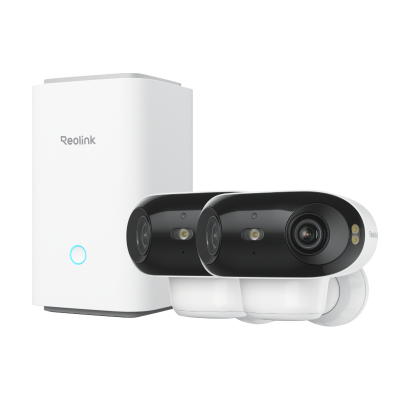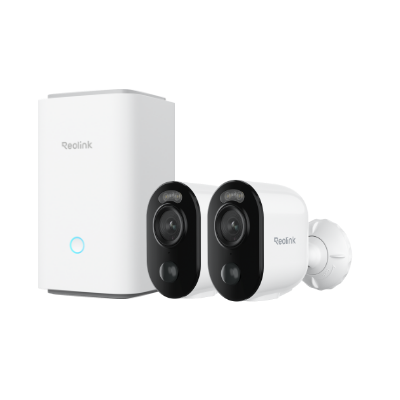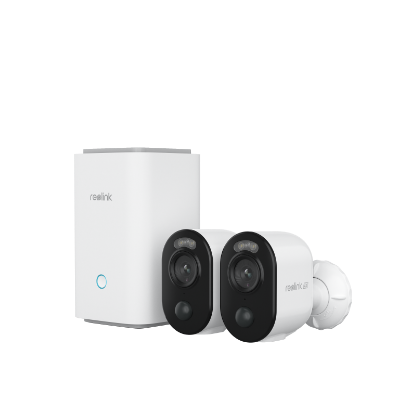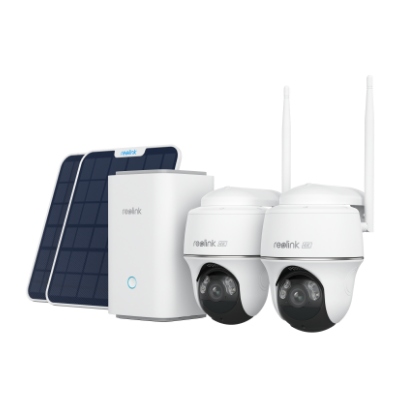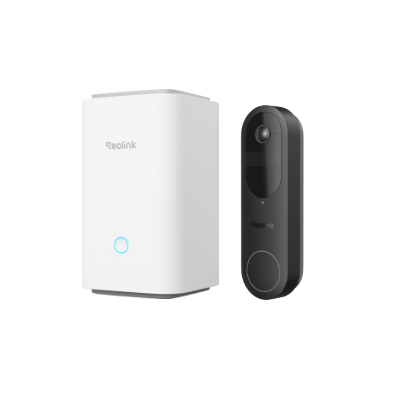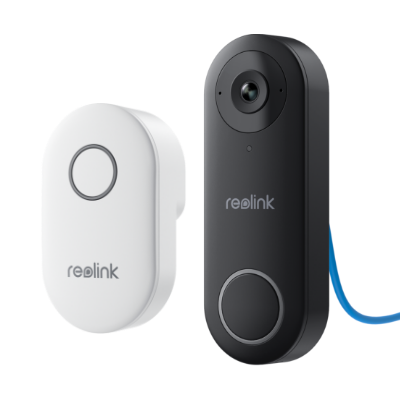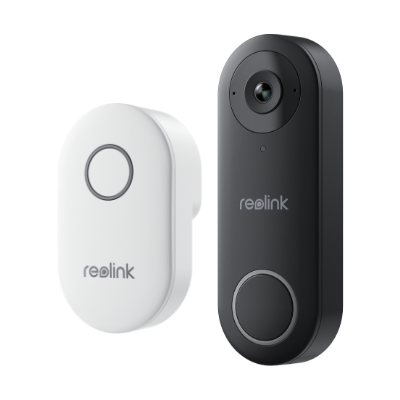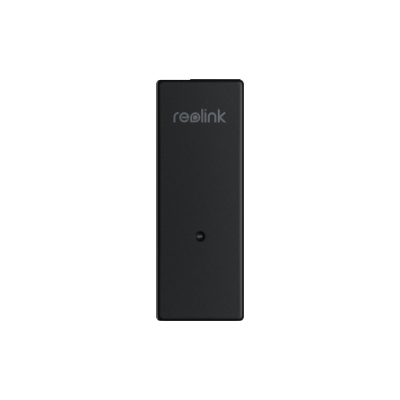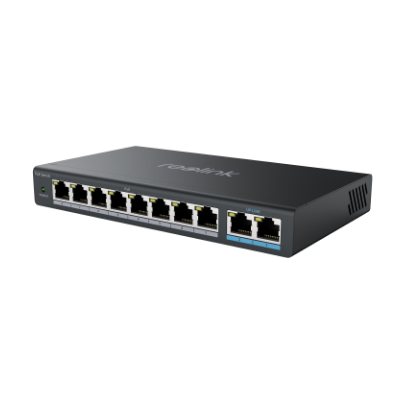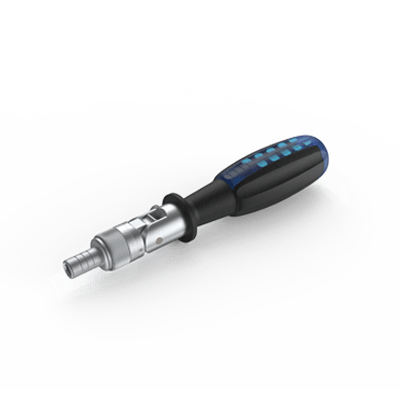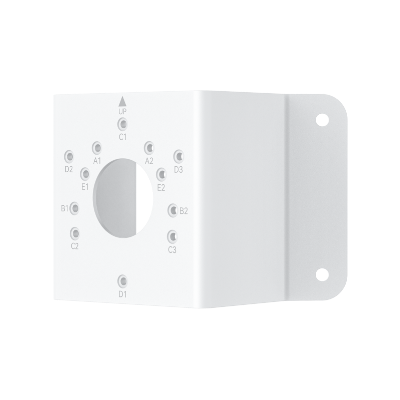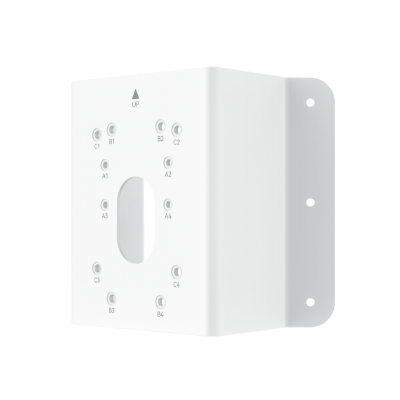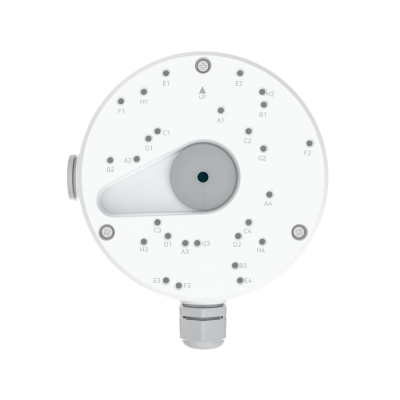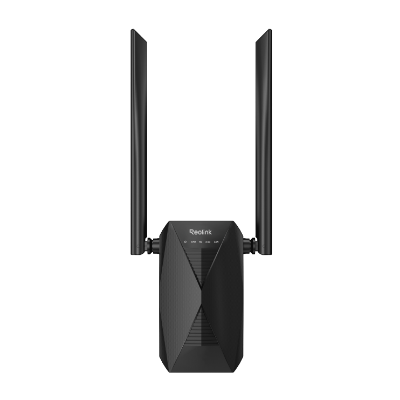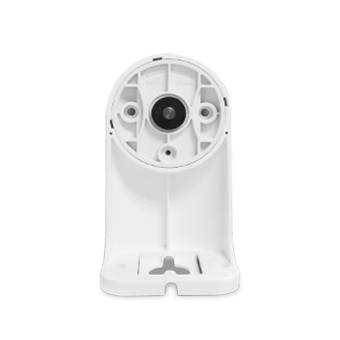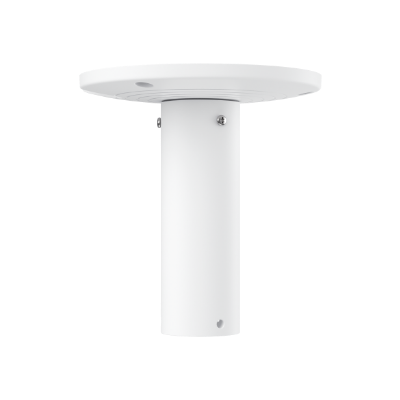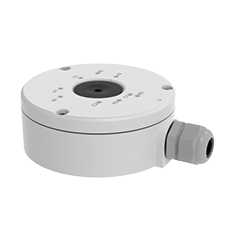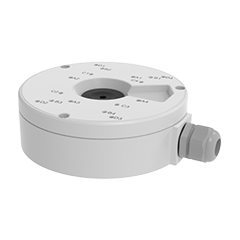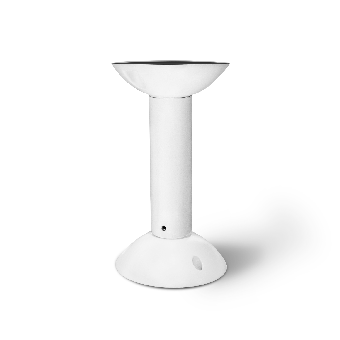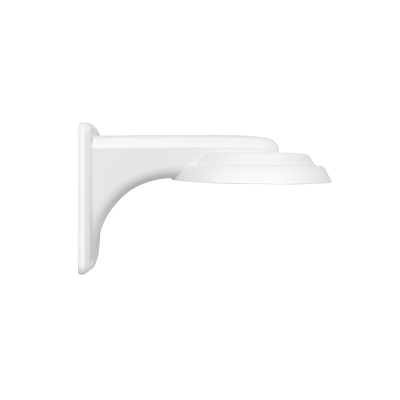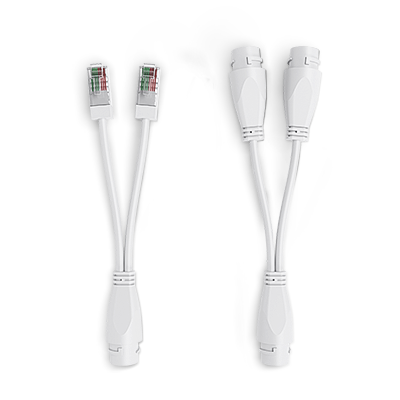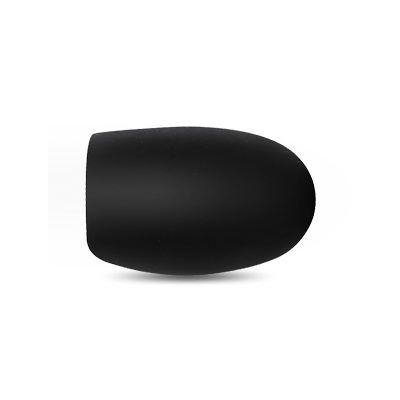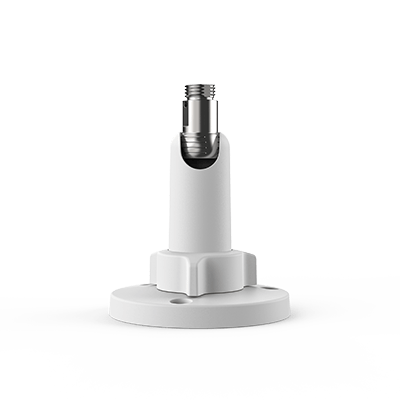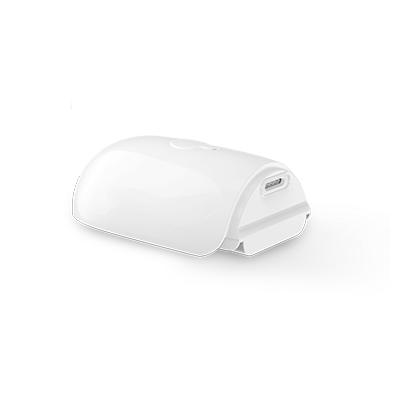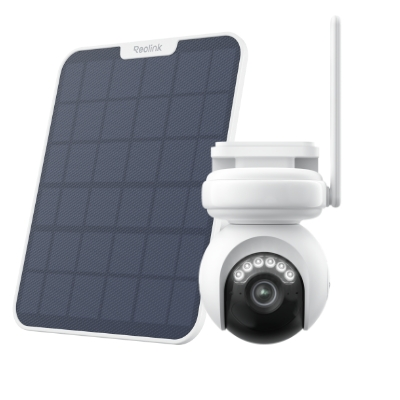What is HDR? Understanding High Dynamic Range
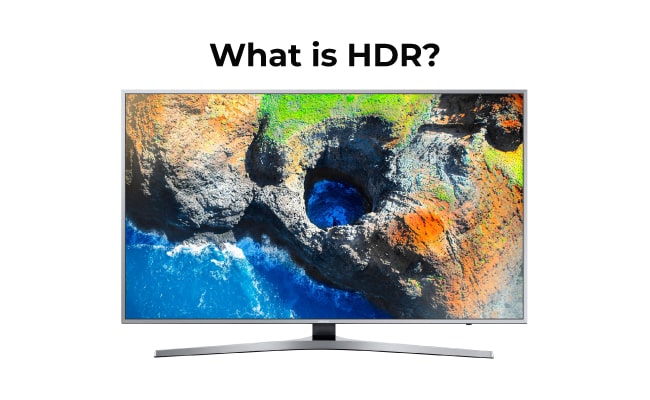
HDR has revolutionized the cinematographic industry by allowing people to view what they can not in normal circumstances. If you know how to use an HDR correctly, you can avail yourself of an extensive range of benefits. So, does it work?
Stay tuned; the forthcoming content will unleash all the basics to advance information about HDR, discussing HDR's meaning, functionalities, and the list.
What is HDR?
HDR is an abbreviation or short form of High Dynamic Range. It is a technique that aims to highlight and enhance the visibility of multiple aspects in a visual by enhancing or decreasing the luminosity of the standard dynamic range.
This technology is widely used in photography, videography, and display screens like TVs and smartphones. Content captured through HDR is more detailed in shadows and highlights, making visuals appear more realistic and lifelike.
How Does HDR Work?
A high dynamic range enhances the image by increasing or decreasing the color ratio. To understand the true HDR video meaning, you first need to understand how it works, which is explained below:
- Wide color gamut: The HDR camera captures a broader range of colors than the normal camera. Hence, these colors are more saturated and realistic, allowing for a high-quality visual experience.
- Higher contrast ratio: The high dynamic range increases the difference between darker and brighter parts of the video, which is why the human eye can easily determine even the slightest difference.
- Enhanced brightness: Displays with HDR can achieve a higher brightness level than usual. As a result, the image becomes more luminous without washing out any details. The improved controls also reveal more details.
- Multiple exposure shorts: In HDR photography, an extensive range of shots are taken on the same screen. The main aim is to combine all the shorts into a single image or frame to retain the best of every shot and make one detailed image.
- HDR metadata: HDR video content includes metadata that tells the display processing instructions, ensuring that the content is rendered accurately and with the optimum level of brightness, contrast, and color.
Types of HDR
Understanding the distinguished types of HDR helps to appreciate what HDR does to enhance the viewing experience. Each type has unique features, catering to various devices and formats. Here are some of the major types of HDR:
HDR10
HDR10 is one of the most common types of HDR and is widely adopted in situations. It uses static metadata to set the video's brightness and color mixing.
The HDR10 format supports about 10-bit color depth and a maximum brightness of 100 nits, delivering improved image quality compared to the standard formats.
HDR10+
The HDR10+ is an enhanced or one-step-ahead version of the HDR10. It incorporates dynamic metadata instead of the usual status metadata, which allows for more precision and adjustment. Hence, you can adjust the brightness and contrast throughout the video.
In addition, the technology also supports the same 10-bit color depth, similar to the HDR10. Nevertheless, the image quality is much higher and clearer.
Hybrid Log-Gamma (HLG)
Also known as the HLG, the Hybrid Log-Gamma is another significant HDR format specially developed for television broadcasts. Unlike the other versions, HLG does not require any metadata to work.
Instead, it is compatible with both SDR and HDR displays while functioning. This is why HLG is considered one of the best options for streaming sites and television broadcasting and offers a more versatile solution for delivering content.
Dolby Vision
Dolby Vision is a premium HDR format that relies upon dynamic metadata, the same as HDR10+. It adjusts the brightness level, contrasting colors, and scene-by-scene or frame-by-frame, allowing for more detailed adjustments and precision in the images.
At the same time, Dolby Vision supports up to 12-bit color debts and brightness levels of up to 10,000 units.
Why is HDR Important for Streaming?
HDR is an integral streaming component because it enhances the visual experience, making it more immersive. Here are some reasons why HDR mode is important for streaming.
- Improved visual quality: The mode provides greater contrast and color accuracy, making images more vibrant and realistic, which is particularly important for large-screen displays.
- Enhanced detail: HDR video brings out more details. It helps to make details more visible, especially on dark and bright screens. Hence, viewers can see intricate details that remain unnoticed in the SDR mode.
- Better colors: HDR supports a wider color gamut. Thus providing a more accurate and saturated color scheme.
- Future-proofing content: The HDR ensures the content is aligned with the current visual standard and compatible with future displays and technologies.
- Competitive edge: Streaming platforms with HDR technology will likely have an edge over sites without the mode because they offer better visuals and realistic images.
HDR Content for Different Devices
High dynamic range content helps to attain enhanced experience with great accuracy and contrast. Compared to SDR, this technology is integrated into multiple devices, including all of the following:
iPhone
Because of the iPhone's high-quality camera, many wonder what HDR is or if it exists. Modern iPhones have HDR to capture and view photos with remarkable accuracy.
HDR combines multiple exposures to create a single image or a series, highlighting the best aspects of every exposure. Hence, the results are more detailed in shadows and highlights.
Camera
HDR in the camera enhances the dynamic range of images. It takes multiple shots of the same screen at different exposures.
Then, all the results are merged into a single image to capture all the details. Many modern cameras, like DSLRs, use high-quality HDR to facilitate photography and capture stunning images with minimum effort.
Security cameras are now incorporating HDR technology, such as the new Reolink battery camera, Altas PT Ultra.
Industry-leading 4K Continuous Recording Battery Camera
4K UHD Continuous Recording; ColorX Night Vision; Pan & Tilt; Automatic Tracking; All Recordings Stored Locally.
Gaming Console
For all those who wonder what HDR gaming is, it is using technology to bring realism into the game. With a higher dynamic range, gaming consoles like PlayStation 5 and Xbox deliver gaming visuals with more vibrant colors and improved contrasts.
Monitors
It is designed with superior brightness for those who don't know what an HDR monitor is. Such displays are used in multiple applications, including high-end computers. A key feature to look for when purchasing an HDR computer is checking its high peak brightness and wide color gamut.
What is HDR TV?
HDR TV is a television with HDR mode. It enhances the video's experience by adjusting the colors according to the theme and enhancing highlights and brightness. In addition, the higher dynamic range highlights more colors than SDR and delivers immersive visuals. The same is why multiple streaming services are using HDR today, including:
- Netflix: A hub for HDR movies, series and documentaries.
- Amazon: Provides multiple HDR content, such as series and movies.
- Disney+: Features Disney, Pixar, Marvel, and Star Wars content.
- Apple TV+: Offers HDR content for Apple users.
- Hulu: Some HDR content is available, depending on your preference.
How to Choose an HDR TV
When selecting a Higher dynamic range, there are multiple factors you must consider to get an optimal viewing experience. Some of these include:
- HDR types: The technology supports multiple formats, such as HDR10, Dolby Vision, HLG, and HDR10+, enabling users to watch various HDR content from distinguished sources.
- Brightness: Look for a television with a higher peak brightness in nits. A higher brightness level enhances the HDR effect, making the content highlight more pronounced features. In addition, it also aims to offer 600 nits in the higher-end model. You can go as high as 1000 nits.
- Color accuracy: Color accuracy is a proud element to check in an HDR Television with a broad color spectrum. These devices produce more vibrant and accurate color visuals than the SDR. Hence, look for the specifications that indicate support for WCG and higher color depth.
- Local dimming and backlight: Consider television with full-array local dining, also known as FALD. This feature improves contrast by dimming the brightness of specific areas, enhancing dark details while maintaining quality.
Bonus Tips: How to Make HDR Images
Here are some bonus tips and software recommendations to help you shoot and create stunning HDR images.
- Understanding HDR photography: Remember, HDR photography differs slightly from normal photography. In this, you held the camera for a few seconds until it captured multiple shots. You can use a tripod for this purpose/
- Auto exposure bracketing (AEB): Most modern cameras have an AEB function. This allows you to take a series of shots at different exposures, so take advantage of it.
- Use HDR software: Multiple software programs help you enhance the HDR results further. Some of these include Adobe Lightroom, Photomix Pro, and Aurora HDR.
FAQs
Is HDR better than 4K?
The comparison between an HDR and 4K is a tough battle, as both help to improve the quality of visuals. Nevertheless, 4K only allows one to enjoy added definition. On the other hand, HDR enhances the definition and works on other aspects, such as color accuracy, brightness, and darkness, to make the visual look more realistic. Therefore, HDR is better than 4K.
What is HDR good for?
HDR is a great technology that can be applied in multiple areas. It enhances the definition of photography, obtains color accuracy in film recording, and provides an enhanced and immersive experience during television broadcasting.
Does HDR make a difference?
Yes, it surely does. HDR is a short form for a higher dynamic range. Through the technology, visuals can be illuminated or darkened to enhance the shadow, which can make a great difference from visuals recorded in SDR—Standard Dynamic Range.
Conclusion
HDR provides high-quality images and clearer videos by improving the overall quality of an image or video through multiple techniques, such as color saturation and contrast. There are multiple types of HDR, including HDR10, HDR10+, Dolby Vision, and Hybrid Log-Gamma (HLG).
When choosing an HDR for yourself, it is crucial to know about its features, application, and much more, as we discuss above in the content. If you have any questions regarding the HDR functionalities, types, or usage, please comment below.
Search
Be in the Know
Security insights & offers right into your inbox

